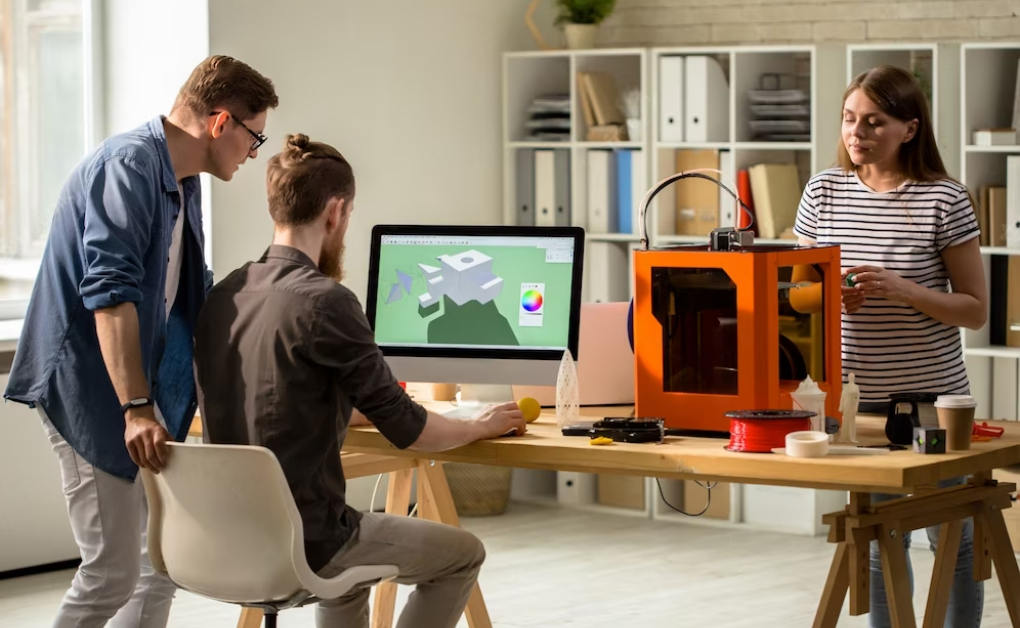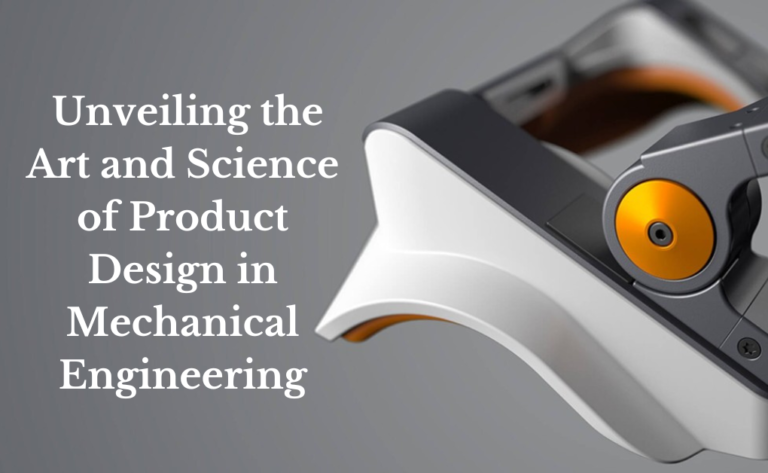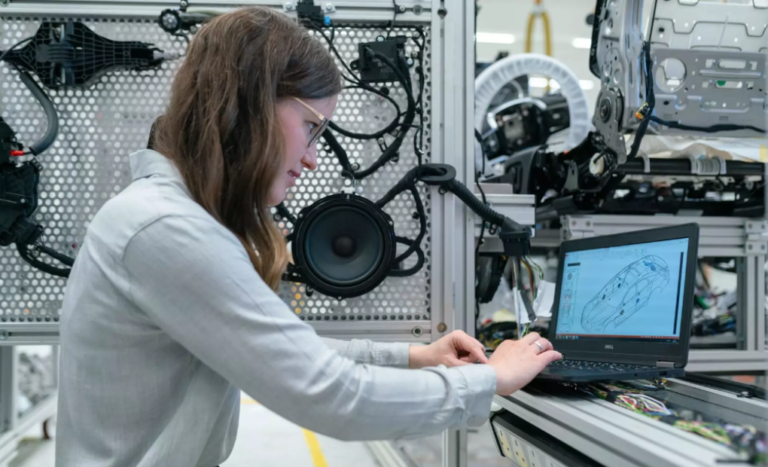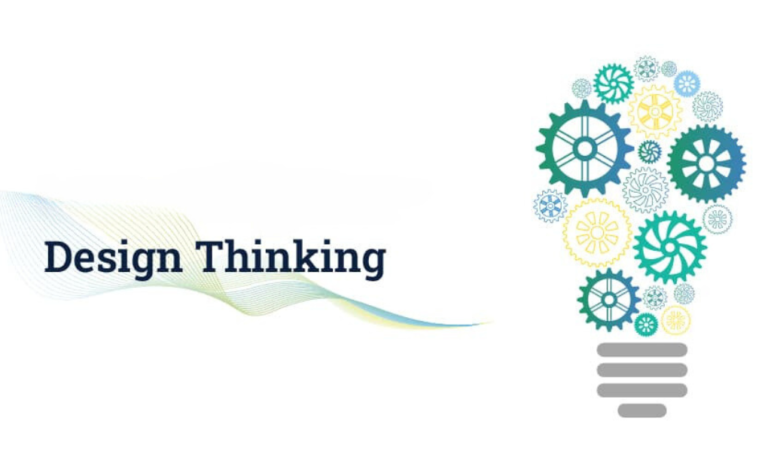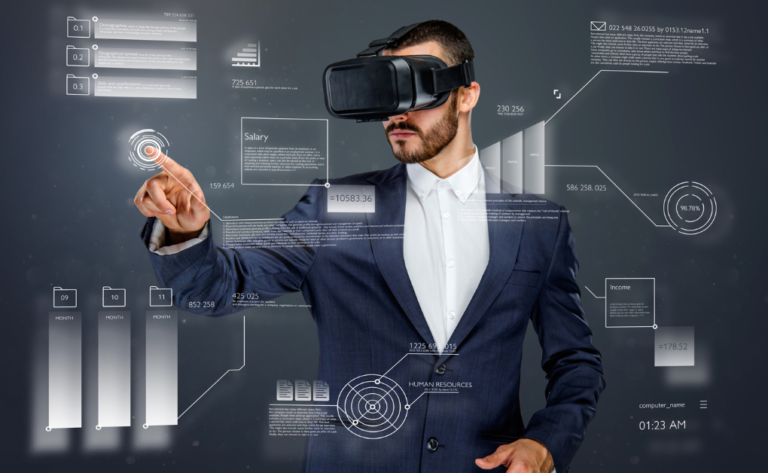Mastering the Art of Industrial Product Design
Mastering the Art of Industrial Product Design – In a world where innovation knows no bounds, industrial product design stands as a beacon of creativity and functionality. It’s a discipline that bridges art and engineering, fashioning everyday items and machinery that seamlessly integrate into our lives. In this blog, we will embark on a journey through the world of industrial product design, understanding what it entails, how to learn it, and why it’s indispensable for the future.
What is Industrial Product Design?
 Industrial product design is a multidisciplinary field that marries creativity with functionality, aesthetics with engineering precision. At its core, it’s about conceiving, planning, and crafting products that enhance our lives, simplify tasks, and improve our environment. These products can range from consumer goods like smartphones and furniture to heavy machinery, medical devices, and everything in between.
Industrial product design is a multidisciplinary field that marries creativity with functionality, aesthetics with engineering precision. At its core, it’s about conceiving, planning, and crafting products that enhance our lives, simplify tasks, and improve our environment. These products can range from consumer goods like smartphones and furniture to heavy machinery, medical devices, and everything in between.
Key Elements of Industrial Product Design:
Functionality: The primary goal of industrial product design is to create items that work flawlessly. Products should fulfill their intended purpose efficiently and effectively.
Aesthetics: Form meets function. Aesthetics play a pivotal role in attracting users and creating a positive emotional connection with a product.
Ergonomics: Products should be comfortable and intuitive to use. Ergonomics ensures that the design considers the human factor for ease and safety.
Sustainability: In an environmentally conscious world, sustainability is paramount. Designers must consider the life cycle of the product and its impact on the planet.
Manufacturability: Products must be feasible to manufacture at scale. This involves selecting suitable materials, processes, and cost-efficiency.
How to Learn Industrial Product Design?
 Learning industrial product design is a journey that blends education, experience, and a passion for innovation. Here’s a roadmap to help you embark on this exciting path:
Learning industrial product design is a journey that blends education, experience, and a passion for innovation. Here’s a roadmap to help you embark on this exciting path:
1. Formal Education: Many renowned universities and institutions offer degree programs in industrial design. These programs provide a solid foundation in design principles, materials, and techniques. A bachelor’s or master’s degree in industrial design can open doors to opportunities in the industry.
2. Online Courses: For those looking for flexibility, numerous online platforms offer courses in industrial product design. Websites like Coursera, edX, and LinkedIn Learning provide a wide array of courses covering design fundamentals and software proficiency.
3. Design Software Mastery: Proficiency in design software is essential. Programs like AutoCAD, SolidWorks, Rhino, and Adobe Creative Suite (Illustrator, Photoshop) are industry standards. Invest time in mastering these tools.
4. Hands-on Projects: Theory is essential, but practical experience is invaluable. Engage in hands-on projects to apply what you’ve learned. Start with simple designs and gradually challenge yourself with more complex creations.
5. Networking: Connect with professionals in the field. Attend design conferences, join online design communities, and seek mentorship. Learning from experienced designers can provide insights and guidance.
6. Continuous Learning: The world of design is dynamic. Stay updated with the latest trends, materials, and technologies by reading design magazines, blogs, and attending workshops.
Benefits of Industrial Product Design for the Future Generation
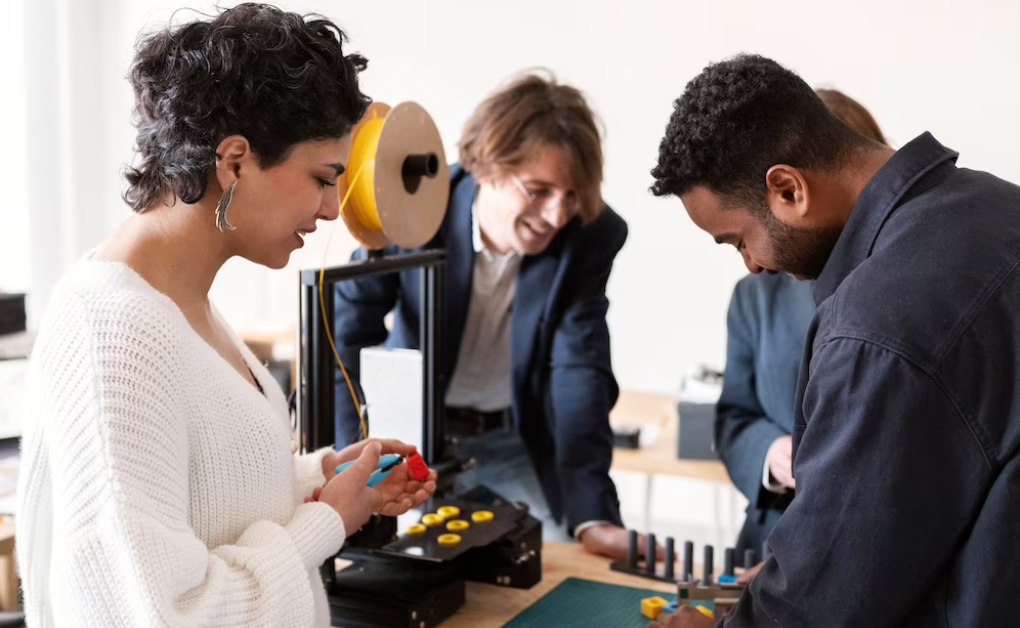 The significance of industrial product design extends far beyond the realm of aesthetics and functionality. It holds the potential to reshape the future in remarkable ways. Here’s how:
The significance of industrial product design extends far beyond the realm of aesthetics and functionality. It holds the potential to reshape the future in remarkable ways. Here’s how:
1. Innovation Catalyst: Industrial product designers are the trailblazers of innovation. They conceive ideas that transform industries, making processes more efficient and products more accessible.
2. Sustainable Solutions: In an era marked by environmental concerns, industrial product design plays a pivotal role in creating sustainable solutions. Designers are at the forefront of developing eco-friendly materials, energy-efficient products, and waste-reducing designs.
3. Human-Centric Design: Tomorrow’s products must cater to the evolving needs and preferences of a diverse and technologically savvy population. Industrial product designers champion user-centric design, ensuring products are intuitive and inclusive.
4. Technological Advancements: Industrial product design is closely intertwined with technology. The integration of IoT, artificial intelligence, and advanced materials into everyday products is the work of these designers, opening up new frontiers of possibilities.
5. Economic Growth: Successful product design can stimulate economic growth by creating jobs, boosting manufacturing, and fostering innovation hubs. The impact is not only at the individual level but on entire communities and regions.
6. Enhancing Quality of Life: Ultimately, industrial product design aims to enhance the quality of life for individuals and societies. It provides solutions to everyday challenges, making tasks simpler, safer, and more enjoyable.
Conclusion
 Industrial product design is a dynamic and ever-evolving field that blends creativity, innovation, and functionality. Learning industrial product design is a journey that begins with education, flourishes with experience, and thrives with continuous learning. It’s a discipline that empowers designers to shape the future by creating innovative, sustainable, and user-centric solutions.
Industrial product design is a dynamic and ever-evolving field that blends creativity, innovation, and functionality. Learning industrial product design is a journey that begins with education, flourishes with experience, and thrives with continuous learning. It’s a discipline that empowers designers to shape the future by creating innovative, sustainable, and user-centric solutions.
As the torchbearers of innovation, industrial product designers have a profound impact on society, the economy, and the environment. Their creations have the power to enhance the lives of current and future generations. So, if you’re passionate about design, don’t hesitate to embark on this exciting journey and become a part of the driving force that shapes tomorrow’s world. Hope now you understand about Mastering the Art of Industrial Product Design.

